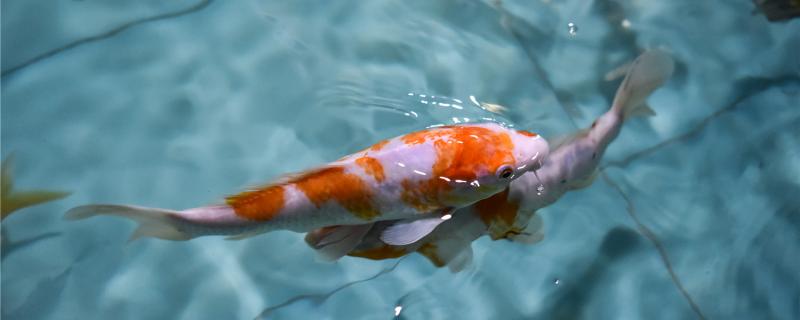 1. The most suitable filter materials for brocade carp
1. The most suitable filter materials for brocade carp There are many filter materials for brocade carp, such as filter cotton, activated carbon, bacterial house, etc. These filter materials have different types and different functions. Although they are all filters, their effects are different. Some of them are responsible for physical filtration to filter out impurities in water, some are responsible for chemical filtration to adsorb some harmful substances, and others are biological filtration, which can provide attachment for nitrifying bacteria, thus facilitating their mass reproduction.
2. What's the use of filter material1. Filter cotton: Filter cotton is an essential filter material in filtration equipment, which is generally placed on the first layer. Its function is very simple. It filters out dirt and impurities in water, so that the flowing water will become clearer. Not only that, but some filter cotton can also cultivate nitrifying bacteria, thus playing the role of biofiltration.
2. Activated carbon: Activated carbon is usually the filter material in the second layer of filtration, which is mainly responsible for absorbing various harmful ions, thus improving the water body. It should be noted that activated carbon has an upper limit, which is generally saturated in three months. At this time, it needs to be replaced, otherwise the absorbed ions may be released.
3. Bacterial house: Bacterial house is the place where nitrifying bacteria are cultivated and the last line of defense for filtration. Nitrifying bacteria can transform ammonia nitrogen in water, which comes from decomposed fish food and feces, and is toxic to fish. After transformation, it can be changed into nitrate, thus providing nutrients for aquatic plants.